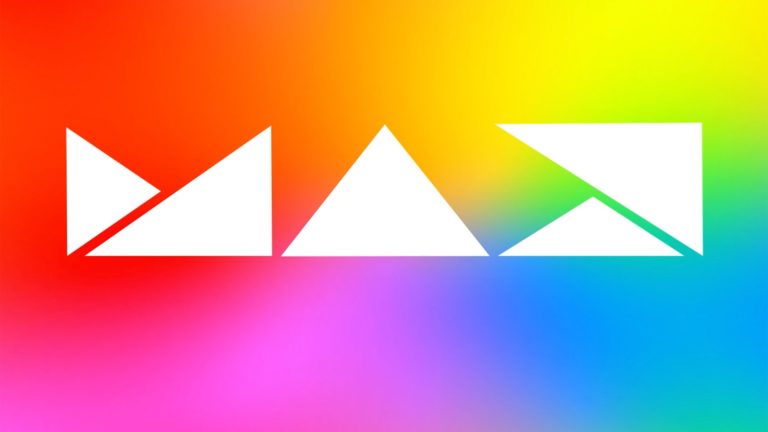
Among the top companies steering the course of spatial computing, the most exposed players include Meta, Apple, and Google. And that’s logical as they have the deepest pockets, the most gravitational pull, and the most direct touchpoints with AR and VR end users.
But equally consequential are the enablers and accelerators that sit further down the stack. For example, Qualcomm continues to design chips that are purpose-built to power AR and VR devices. Its XR2 powers a who’s who list of devices and the XR2+ debuts in the new Quest Pro.
Another company that we put in this “enabler” category is Adobe. It continues to build tools that democratize 3D asset creation. This is a key piece of the AR and VR puzzle, as immersive experiences need building blocks for experience creation if they’re to truly scale.
Adobe is also well positioned for this role, given that it’s already a trusted source of software for the creator economy. The Creative Cloud has become the go-to platform for designers and artists. So it’s the right place to introduce, and build traction around, 3D creation tools.
To the Max
All of this was on full display this week at Adobe Max in Los Angeles – the first Max conference since the Covid era spun everything into remote and hybrid status. Among a barrage of new announcements across the Creative Cloud, it made a few key updates to its 3D creation tools.
As background. Adobe’s 3D creation tools include a few components. One is Aero. Another is Substance 3D, which is an expansive set of tools for creating 3D images and assets. It’s used for everything from marketing and eCommerce images to immersive media like AR and VR.
Even Adobe’s more traditional software is adding AR-like functionality. For example, new tools in Lightroom let creators augment their work, including erasing unwanted elements of an image. Either way, 3D and immersive tools are among the high-growth segments of Adobe’s suite.
“Perhaps the fastest growing new medium of creativity right now is 3D and immersive,” said Adobe Chief Product Officer Scott Belsky. “The last couple of years, we’ve seen the adoption of 3D design explode among companies, including Burberry, Nasa, Ben & Jerry’s, and more.
One point of value for such brands is to save time and money, as well as test-market new products virtually. Specifically, Belsky noted from the Adobe Max stage that creating prototypes with 3D digital models lets brands cut production time by 50 percent and boost output by 10x.
As we’ve examined, 3D models for eCommerce and AR visualization can also be cheaper than product photos. And they’re more sustainable because models can be altered with color and texture variations on the fly – paying dividends in longevity versus static 2D images.
Is AR Shopping Cheaper to Produce Than Traditional eCommerce?
Digital Clay
With that backdrop, what’s new in this year’s 3D roster? The biggest highlight is a new modeling tool in Substance 3D. As background, Substance 3D is Adobe’s product – stemming from its acquisition of Allegorithmic – to create 3D models, including realistic lighting and textures.
Substance 3D comes with an extensive library of 3D stock models to get creators started. These include everything from household objects to human figures. The substance 3D Modeler adds customization in that it lets creators mold their own 3D assets using digital clay.
This gives creators more control through the physics of clay. But most notable is that they can now do so in VR, which lets them step into the design environment as if it were a real sculpture. The result is elevated perspective, tactility, and expressivity, says Adobe’s Giovanni Nakpil.
Better yet, Substance 3D modeler lets creators switch back and forth seamlessly between a desktop interface and VR (via Quest 2 or Quest Pro). This offers the best of both worlds because, though VR adds 3D perspective, sometimes desktop interfaces are better for precision work.
“It’s that transition that pretty much allows me to choose the right mode for the given situation,” said Nakpil. “It’s interesting because in VR, I’m very expressive and dynamic. On the desktop, I’m very controlled and detailed. So Modeler satisfies both modes for me.”
The question is what you then do with the outputs of Substance 3D Modeler. Tapping into Creative Cloud’s expansiveness, 3D models can be exported to programs like Photoshop to create images; or to Aero to create AR experiences. This makes it a valuable immersive building block.
We’ll pause there and cue the Adobe Max Keynote embedded below. Or jump right to the above segments of the keynote here.






